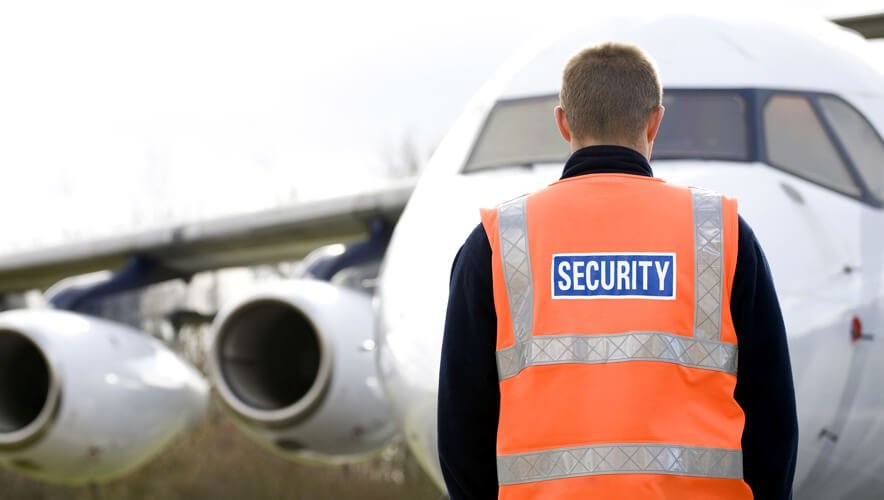Aircraft & Passengers Security
Aircraft & Passengers Security
Aircraft and passenger security are crucial aspects of aviation to ensure the safety and well-being of travelers. Airlines and aviation authorities have implemented numerous measures and protocols to enhance security and minimize risks. Here are some key aspects of aircraft and passenger security:

Airport Security Screening: Airports employ rigorous security screening procedures to identify and mitigate potential threats. Passengers and their belongings undergo screening using various technologies such as X-ray scanners, metal detectors, explosive trace detectors, and body scanners. Liquids, gels, and aerosols are subject to specific restrictions in carry-on luggage.
Passenger Identity Verification: Passengers are required to provide valid identification documents, such as passports or national ID cards, for identity verification before boarding. This helps ensure that individuals are traveling under their own identities and reduces the possibility of unauthorized access.
Security Personnel: Trained security personnel, including airport security officers, air marshals, and specialized security teams, are deployed to monitor and respond to security threats. They conduct regular patrols, surveillance, and behavioral analysis to identify suspicious activities or individuals.
Baggage Screening: Checked baggage goes through screening procedures to detect prohibited items or potential threats. Advanced baggage screening technologies, including explosive detection systems, are employed to enhance security and reduce the risk of dangerous materials being transported on the aircraft.
Passenger Profiling: Airlines and security agencies utilize passenger profiling techniques to assess the potential risks associated with individual travelers. This may involve analyzing travel patterns, personal background checks, and screening against watchlists to identify individuals who may pose a security threat.
Aircrew Security: Strict background checks, training programs, and access controls are implemented for airline and cabin crew members to ensure their integrity and prevent any insider threats. Airline staff also receive training on security procedures, emergency protocols, and identifying suspicious behavior.
Secure Cockpit Procedures: In response to past incidents, cockpit security procedures have been strengthened. Reinforced cockpit doors are installed, and pilots are trained to follow specific protocols to prevent unauthorized access and protect the flight deck.
Security Cooperation: Aviation security is a collaborative effort involving multiple stakeholders, including airlines, airports, security agencies, and governments. Information sharing, intelligence gathering, and coordinated security measures are essential to address potential threats effectively.
International Security Standards: Organizations like the International Civil Aviation Organization (ICAO) establish global standards and guidelines for aviation security. Governments and aviation authorities work together to implement these standards and ensure a consistent level of security across international aviation networks.
Technology Advancements: Advancements in technology play a significant role in enhancing aircraft and passenger security. For example, biometric systems, such as facial recognition and fingerprint scanning, can improve identity verification processes, while artificial intelligence (AI) and machine learning can aid in threat detection and analysis.
WHY CHOOSE US
Highest Standards Of Accountability
Save Your Time While You Fly
We provide seamless interface with other airport operations and ensure that each aircraft turnaround is complete and fully compliant with all established procedures and service standards.
Tours

